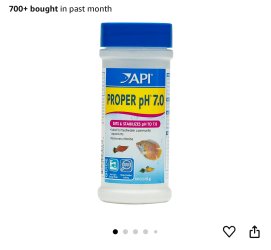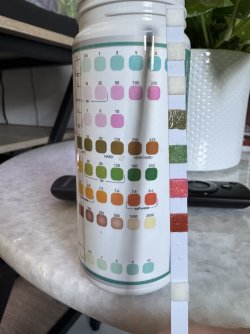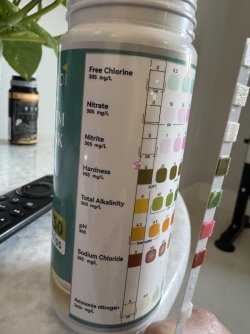landonjacob
New Member
Hello again everyone,
So my new test strips came in. Until I upgrade to a new testing device.. but anyways my well water comes out at 8.0 and so is my current setup intended for an albino silver Arowana coming later this week. What is the safest, most effective and most stable way to lower my PH? Should I use a specific brand of powder or liquid to lower it?
This is the brand I ordered is shown below and should be here by tomorrow. Any other suggestions, advice, procuct recommendations?
So my new test strips came in. Until I upgrade to a new testing device.. but anyways my well water comes out at 8.0 and so is my current setup intended for an albino silver Arowana coming later this week. What is the safest, most effective and most stable way to lower my PH? Should I use a specific brand of powder or liquid to lower it?
This is the brand I ordered is shown below and should be here by tomorrow. Any other suggestions, advice, procuct recommendations?





